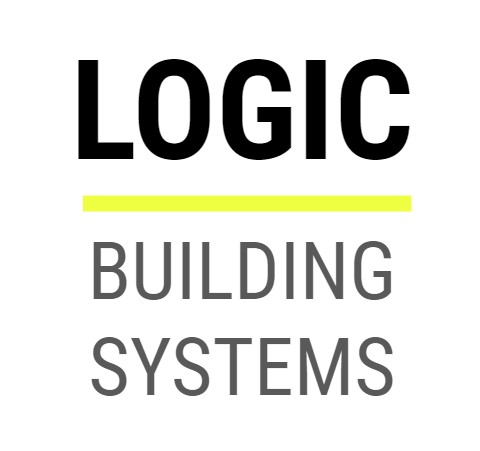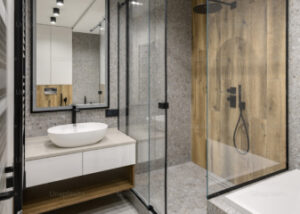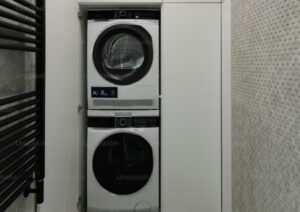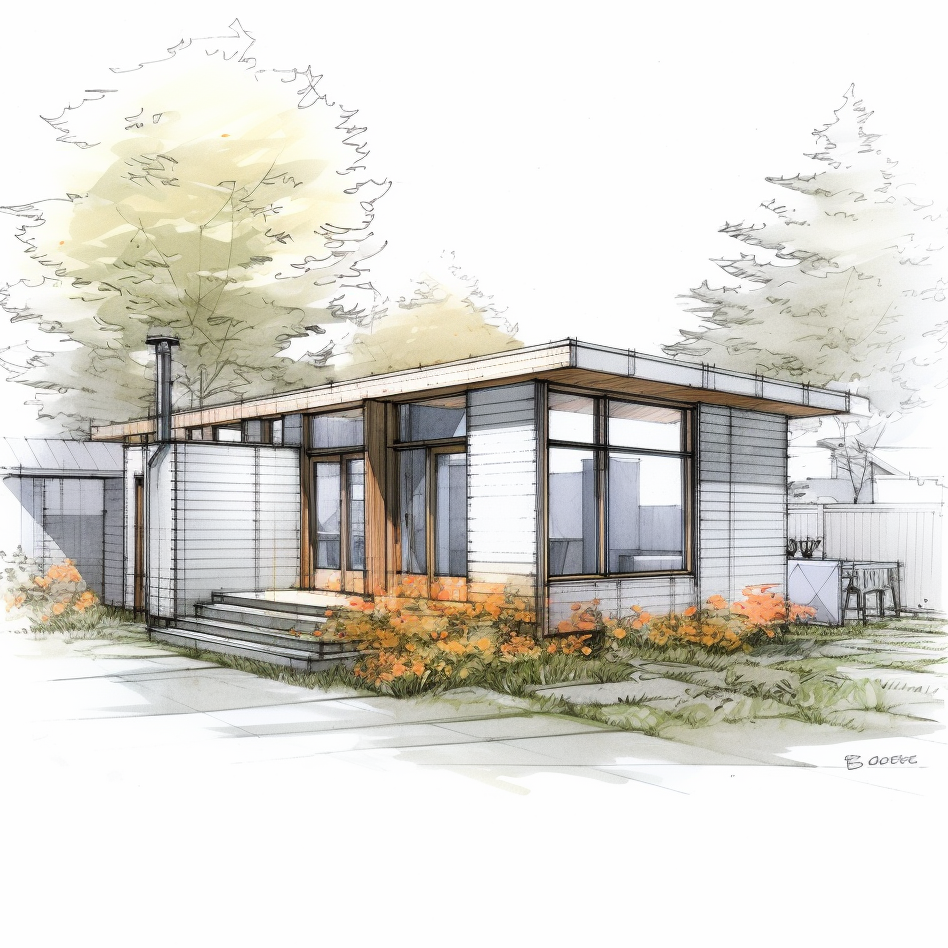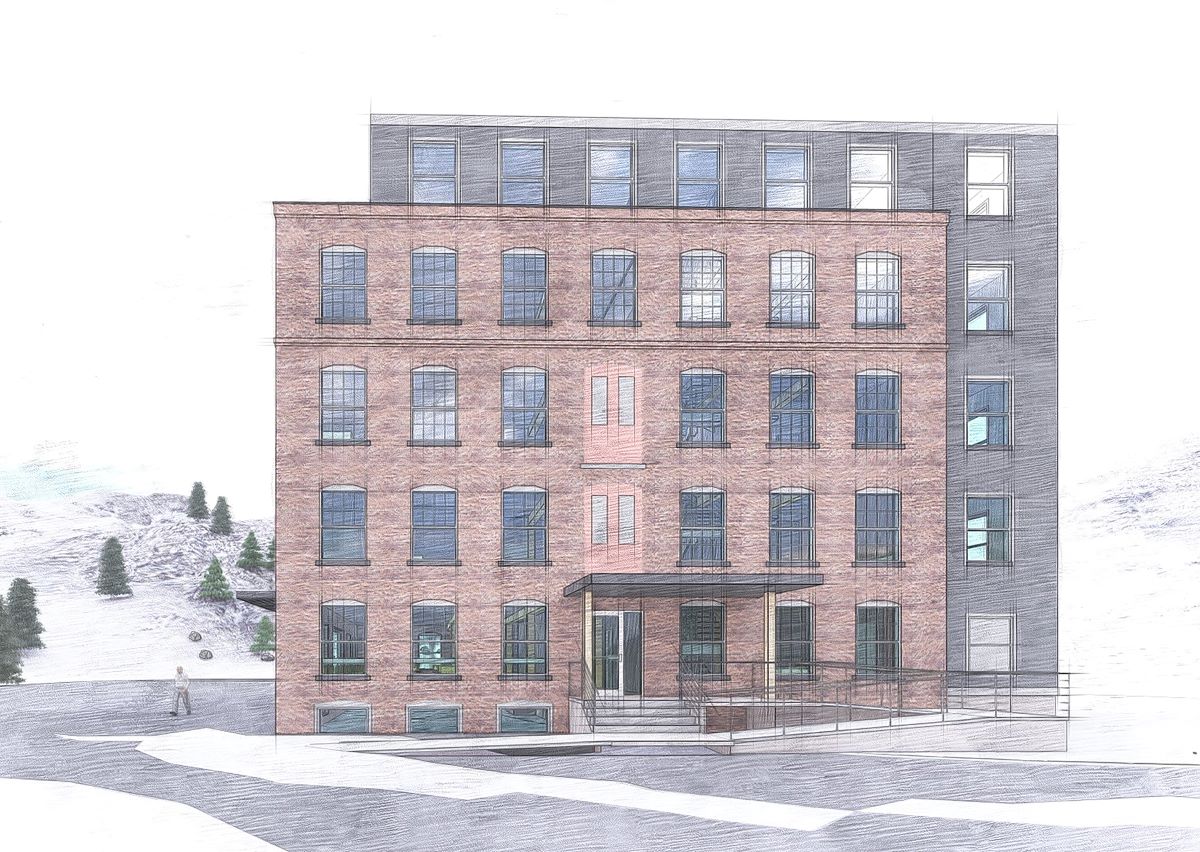
In this New York Times OpEd, Conor Dougherty reports good news about how new zoning laws are nudging the American landscape. He notes that it’s increasingly possible to experiment with building smaller, denser housing across experimental pockets that is also more affordable, citing revisions to regulatory constraints at the state level.
What’s missing for us here at Logic is the broader understanding. Dougherty points to tentative first steps toward fixing the affordable housing crisis. The truth is, it’s illegal to build meaningful multifamily housing on the majority of buildable land in the US.
Let’s look at Connecticut in 2006. According to the Connecticut Zoning Atlas, single-family housing is allowed as of right on 90.6% of the land in Connecticut. But development of multifamily housing (of four+ units) is only legal on 2.2% of that land.
Unfortunately, nothing has changed for decades. Another study finds we inherit the legacy of generations of these restrictions. A Massachusetts agency found that more than 99.7% of that state’s land in single-family use in 1970 remained in single-family use in 1999, almost thirty years later.
Bolder zoning choices have shielded other countries from the housing crunch we have in the US. European and Asian communities, for example, focus less on detached single-family housing. They feature towns with multi-family homes expanding to reach agricultural fields, as well as apartment buildings planned around playgrounds and parks.
Incorporating such international practices into the US building code today could lead to healthier communities tomorrow. Tight-knit neighborhoods with access to green space allow folks to age in place with existing support systems, and so much more. These shared resources are exactly what led our Founding Fathers to refer to new communities as “Commonwealths.”
But how did we move away from that vision?
The American 20th Century saw the rise of the automobile, tract housing, and TV dinners. That led to the decline of mass transit, increased pollution, strained tax bases, under-funded schools, more expensive homes, and plenty of other symptoms of social isolation.
But Gen(s) X, Y, & Z are rejecting the 20th century suburban patterns in favor of a more interconnected 21st Century. Their choices favor living among neighbors in a commonwealth.
Making multi-family housing illegal – in more 90% of the US landscape – dilutes that vision of community-shared richness. Logic’s commitment to multi-family housing is a re-investment in the 21 Century Commonwealth. Through better zoning, we can build smarter, and build faster – to drive down the cost of affordable housing, and give more Americans access to the American Dream.
…It’s illegal to build meaningful multifamily housing on the majority of buildable land in the US.

